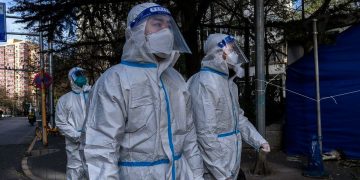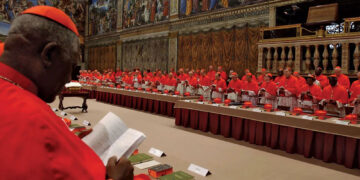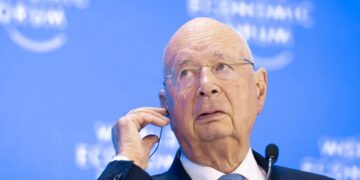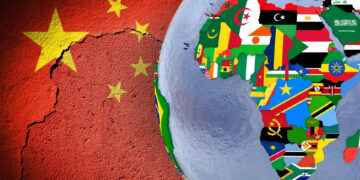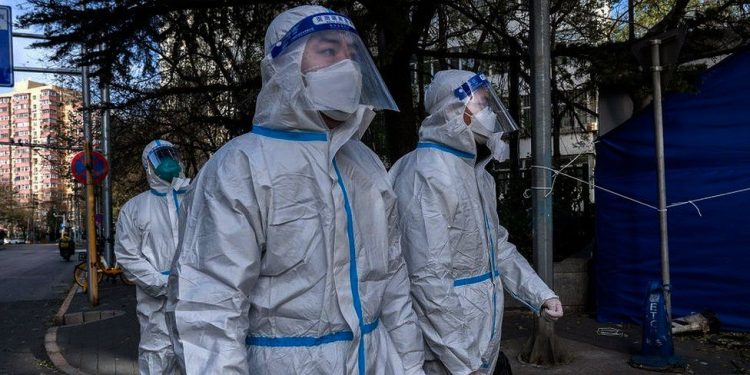By John Ikani
Some communities in Chinese cities where Covid is still spreading are easing off on testing requirements and quarantine rules ahead of an expected shift in virus policies nationwide after widespread social unrest.
As of Friday, the southwestern metropolis of Chengdu will no longer require a recent negative test result to enter public places or ride the metro, instead only requiring a green health code confirming they have not travelled to a “high risk” area.
In Beijing, health authorities on Thursday called on hospitals not to deny treatment to people without a negative PCR test taken within 48 hours.
Many other cities with virus outbreaks are allowing restaurants, shopping malls and even schools to reopen, in a clear departure from previous tough lockdown rules.
In northwestern Urumqi, where a fire that killed 10 people was the spark for the anti-lockdown protests, authorities announced Friday that supermarkets, hotels, restaurants, and ski resorts would gradually be opened.
The city of over 4 million residents endured one of China’s longest lockdowns, with some areas shut in early August.
The uneven relaxation of Covid restrictions is, however, fueling fear among some residents who suddenly feel more exposed to a disease authorities had consistently described as deadly until this week.
While experts say Beijing’s policies are unsustainable, they warn it can’t relax controls that keep most travelers out of China until tens of millions of older people are vaccinated. They say that means “zero covid” might stay in place for as much as another year.
China’s Covid policies have hammered its economy, choking everything from domestic consumption, to factory output, to global supply chains, and causing severe mental stress for hundreds of millions of people. Anger over the world’s toughest curbs sparked dozens of protests in more than 20 cities in recent days in a show of civil disobedience unprecedented in mainland China since President Xi Jinping took power in 2012.
While much smaller in scale, the protests were the most significant since the 1989 student-led pro-democracy movement centered on Beijing’s Tiananmen Square that the regime still views as its greatest existential crisis.
